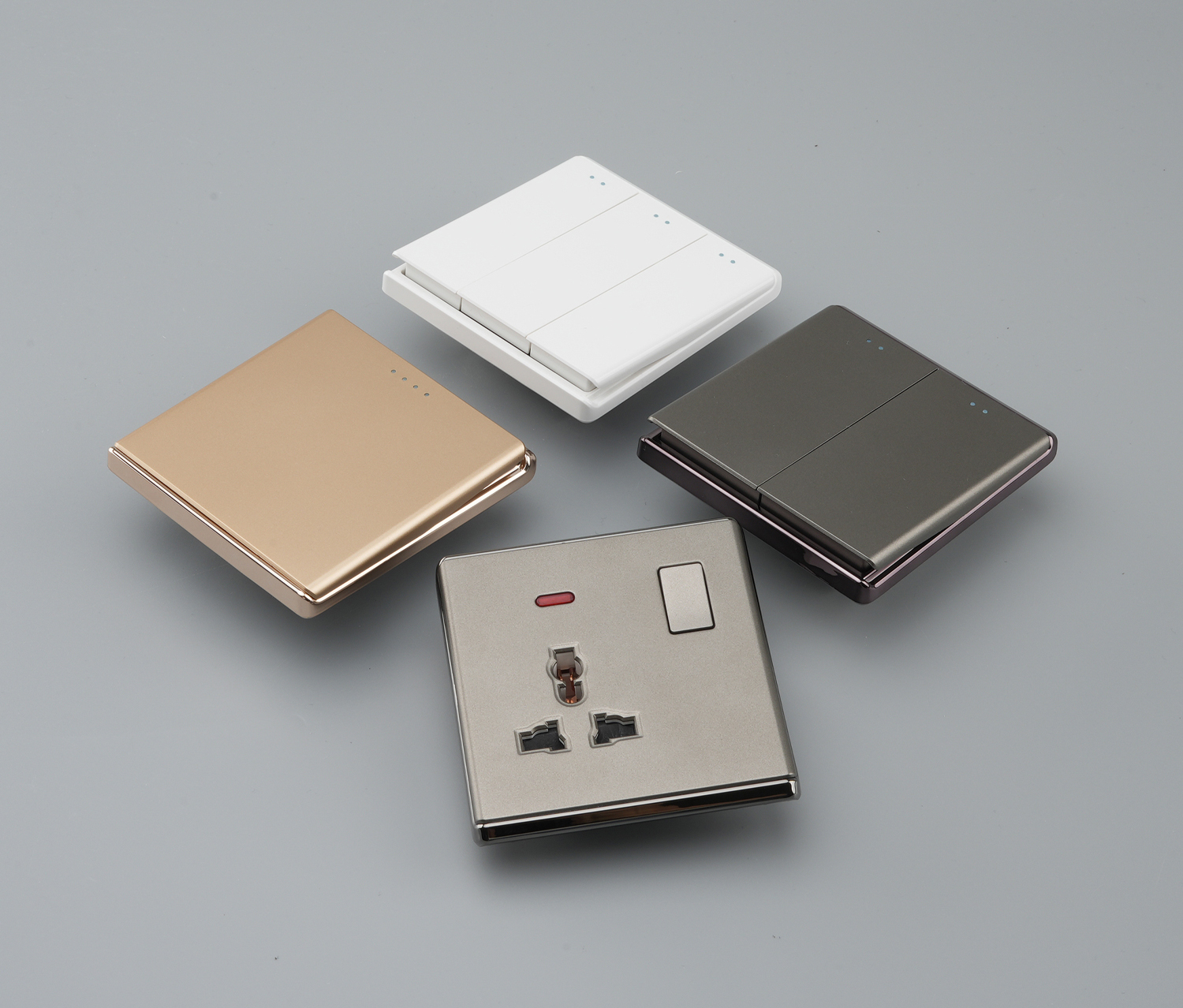Categories
- Blog (315)
From simple designs to sophisticated configurations, power outlets have evolved significantly over time to meet the changing needs of society. Their historical trajectory reflects not only advancements in technology but also shifts in safety standards, building codes, and consumer preferences.

Diverse classifications of power outlets cater to different voltage requirements, plug types, and environmental conditions. Standard outlets, grounded outlets, GFCI outlets, and USB outlets are just a few examples of the myriad configurations available today. Each type serves a specific purpose, whether it’s providing standard household power, protecting against electrical shocks, or accommodating USB-powered devices.
The practical applications of power outlets are far-reaching, spanning residential, commercial, and industrial settings. In homes, power outlets power everything from lighting fixtures and kitchen appliances to entertainment systems and charging stations for electronic devices. In commercial spaces, outlets facilitate the operation of office equipment, machinery, and HVAC systems. In industrial environments, heavy-duty outlets support the power needs of manufacturing processes and equipment.
Innovative advancements in power outlet design have revolutionized their functionality and efficiency. Smart outlets equipped with Wi-Fi connectivity, voice control, and energy monitoring capabilities offer users greater control over their electrical consumption and enable the integration of home automation systems. Furthermore, advancements in materials and construction techniques have improved the durability and safety of power outlets, ensuring reliable performance and protection against electrical hazards.
Looking ahead, the future trajectories of power outlets are poised to embrace sustainability, connectivity, and automation. Energy-efficient designs, renewable energy integration, and grid modernization efforts will drive the adoption of eco-friendly power outlets. Moreover, the proliferation of smart home technology and the Internet of Things (IoT) will lead to increased connectivity and interoperability among devices, transforming the way we interact with and manage electrical systems in our homes and workplaces.
The inception of power outlets dates back to the late 19th century, coinciding with the widespread adoption of electricity in residential and commercial settings. Initially basic in design and functionality, these outlets have undergone continual refinement to meet evolving safety standards and user requirements.
Modern power outlets are available in a myriad of configurations tailored to different voltage specifications and plug types. Ranging from standard 120-volt outlets to specialized variants for high-powered appliances, each category serves distinct purposes in providing secure and efficient electrical connections.
Power outlets are indispensable fixtures in both domestic and commercial environments, serving as conduits for electrical appliances and devices. In households, they facilitate the operation of lights, electronics, and kitchen appliances, while in commercial spaces, they power machinery, computers, and lighting systems.
Recent innovations in power outlet design have focused on enhancing energy efficiency and user convenience. The advent of smart outlets equipped with wireless connectivity and remote control capabilities enables users to monitor and manage their energy usage effectively, contributing to sustainability efforts.
Despite their ubiquity, power outlets present challenges during installation and maintenance, particularly in older structures or environments with stringent safety regulations. Adhering to proper wiring practices, grounding standards, and building codes is imperative to ensure the safety and functionality of power outlets.
Looking ahead, the trajectory of power outlets points towards smarter, more sustainable solutions that integrate seamlessly with emerging technologies. Concepts such as wireless charging, surge protection, and compatibility with renewable energy sources are poised to shape the future landscape of power outlets.
In summary, power outlets represent foundational elements of contemporary electrical infrastructure, bridging the gap between electricity generation and consumption. As technological advancements continue to unfold, power outlets will evolve in tandem, adapting to meet the evolving demands of users in an increasingly electrified world.